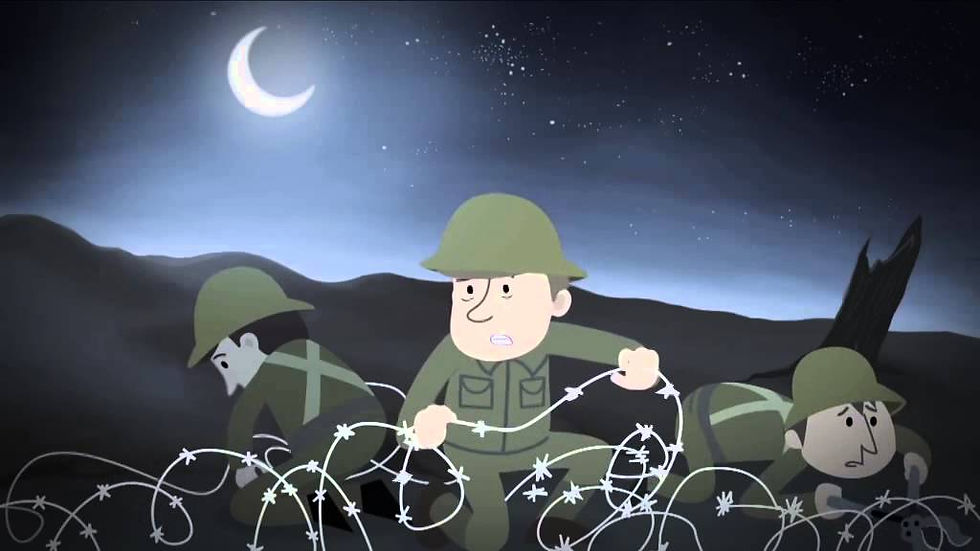History and understanding of propaganda
- 2004946
- Oct 31, 2020
- 2 min read
Updated: Nov 16, 2020

In WW1 the main focus of propaganda was to influence public and international opinion on the war, and to persuade men to join the army:




^^The above propaganda posters emphasise the word "you", to persuade men to join the army, as they think the people in the posters are directly talking to them. There were also many posters of different people like Lord Kitchener and John Bull pointing outwards, towards the person looking at the poster, a technique used so that wherever you walked, it always looked like they were pointing directly at the person viewing it.

^^This poster shows different men of different professions all lining up to join the army; the front of the line symbolising the front line. It also glorifies army life, creating the feeling that recruiting was a nice journey that all men did together, no matter what profession you had. The idea of unity would have inspired men to join, as they feel they had a place there, even if they weren't rich/wealthy, etc. A lot of people who maybe felt they didn't fit in in society, would feel like in the army they had a special place where wealth and money didn't matter.
Different to WW1 propaganda, propaganda in WW2 focused on different messages. They still adopted traditional forms of propaganda like posters and newspapers, but also started using new media like films, reels, and radio. One of the main focuses was stopping important information about to war getting into the hands of the enemy, from members of the public:



"Careless Talk Costs Lives" was the well known phrase aimed towards the members of the public, to keep their mouths shut and not talk to anyone about the war, because you never know who could be listening in on your conversations.
Another one of them was to encourage people to continue with the war effort, men and women:



^^Posters used to encourage women to step up and do the jobs men used to while they were at war.





Comments